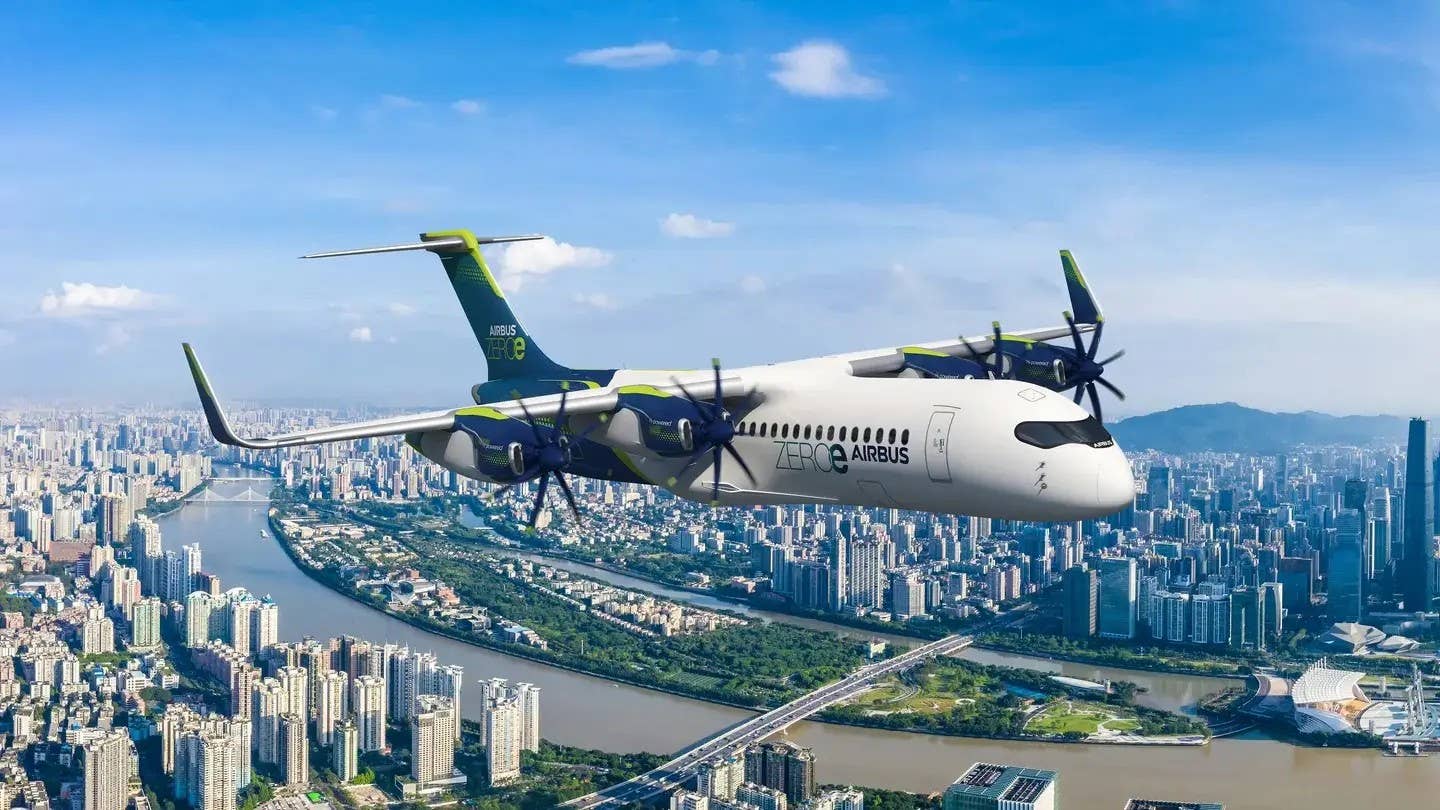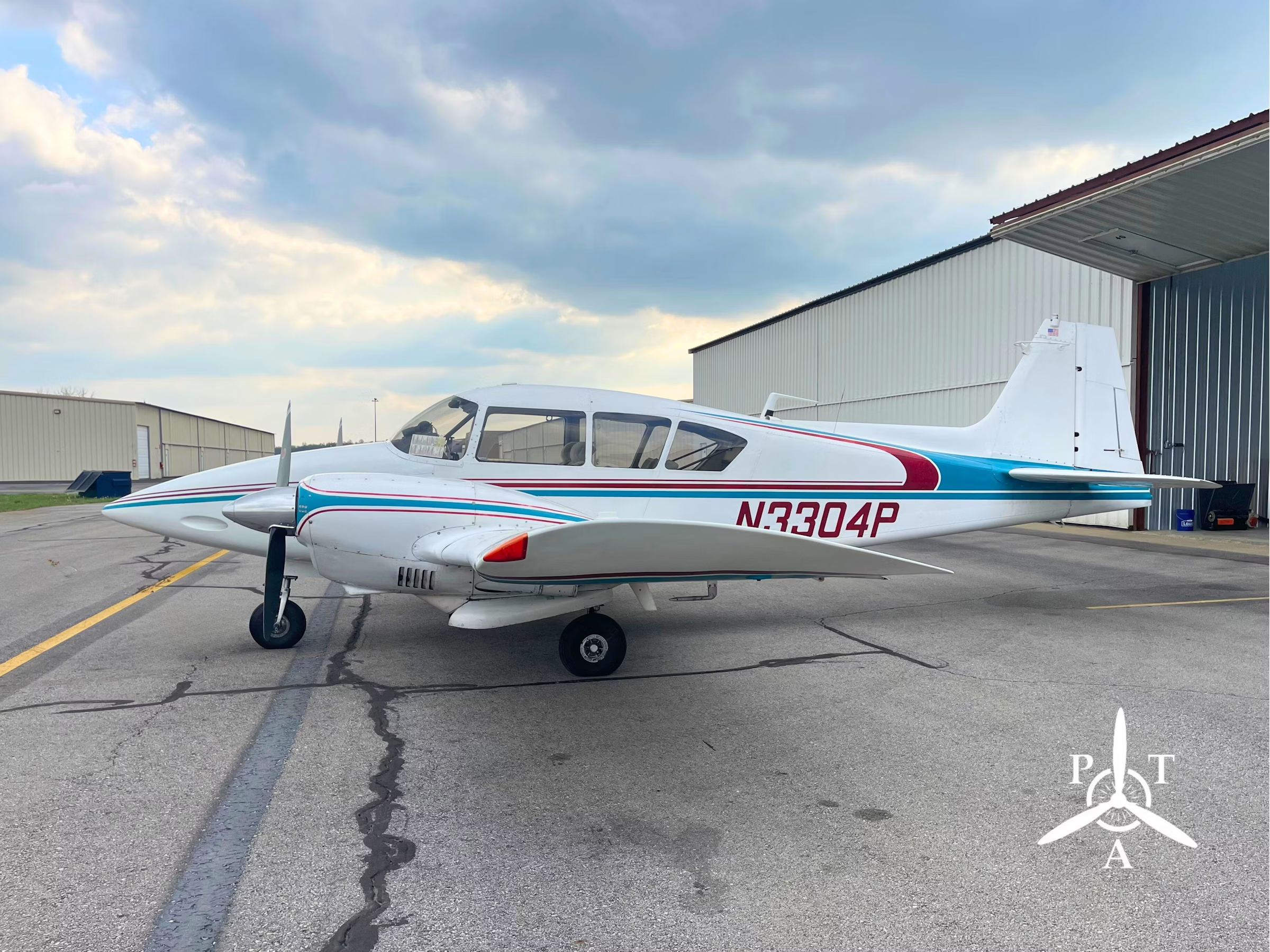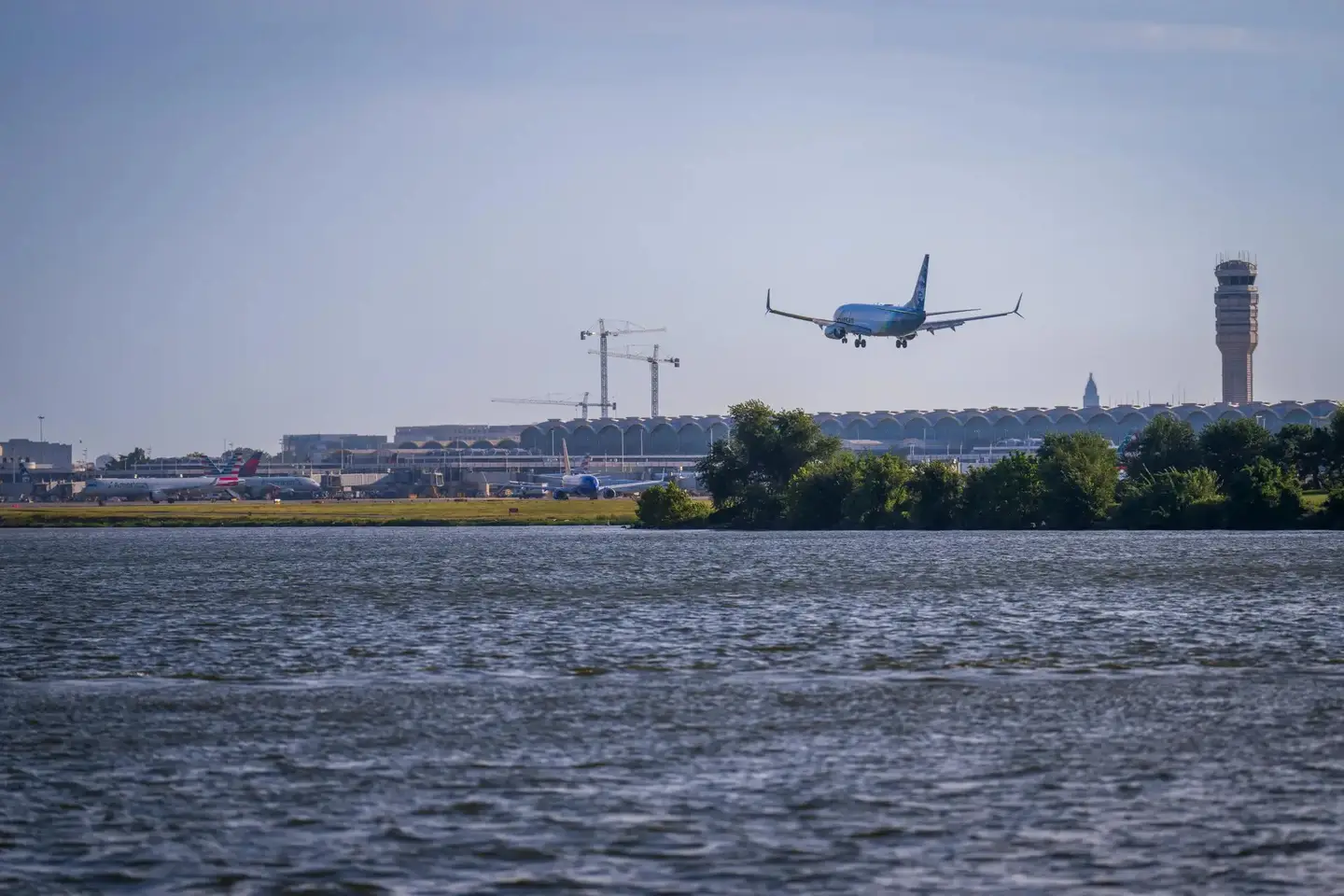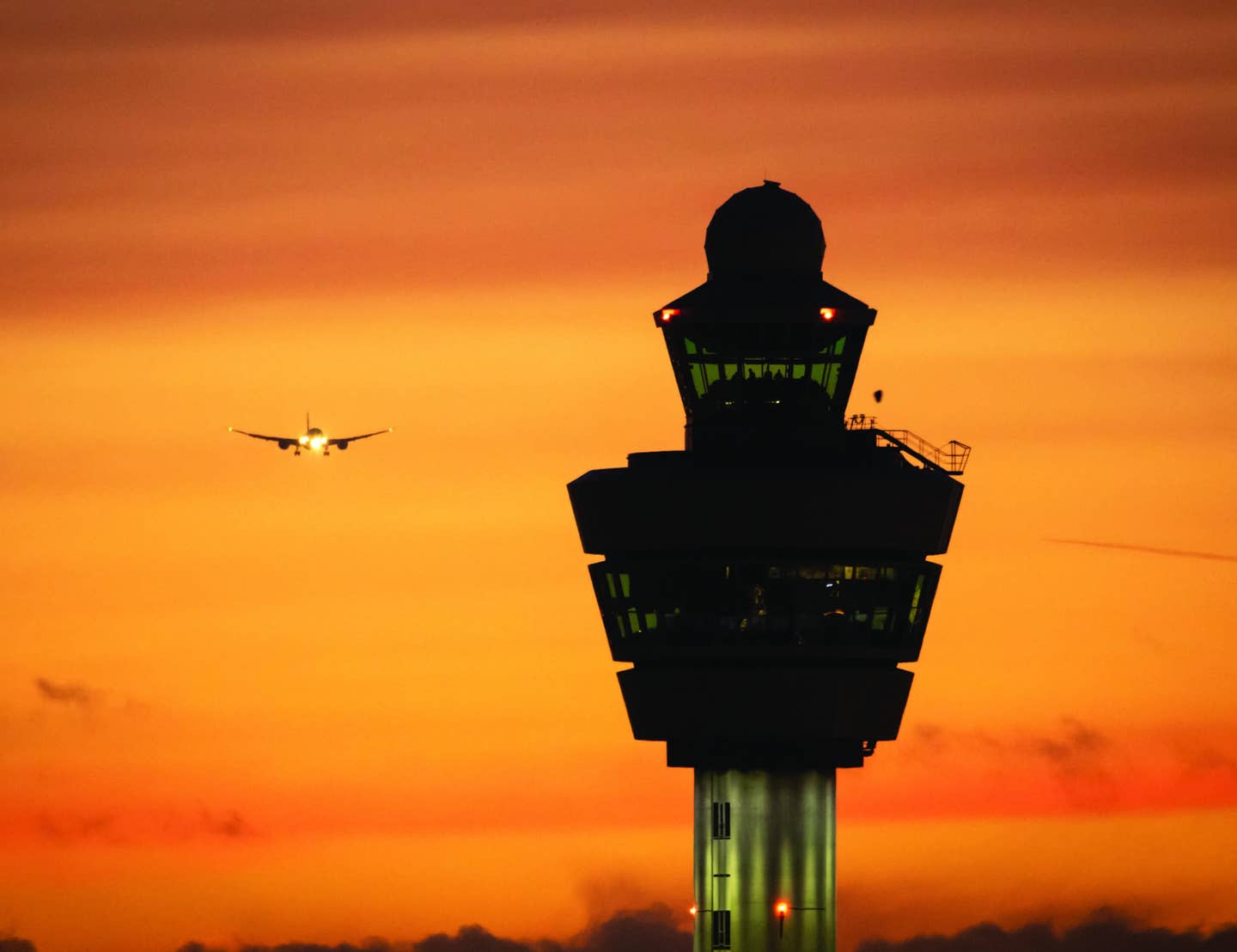Innovators Compete to Build Self-Flying Emergency Aircraft
GoAERO is a three-year competition backed by NASA, Boeing, RTX, Honeywell, and aviation and first response industry groups.

Drones, such as this P1 model from Zipline, are excellent at delivering medical supplies but not performing rescues. [Courtesy: Zipline]
Calling all students, engineers, businesses, and other innovators. Time is running out to join a competition that will award $2 million in prizes to whoever can build the best autonomous emergency response aircraft.
December 11 is the submission deadline for Stage 1 of GoAERO—a three-year contest backed by NASA, Boeing, RTX, and other key aviation stakeholders seeking to aid the estimated 4.5 million Americans living in “ambulance deserts,” who may need to wait longer than 25 minutes for emergency services to arrive. The aircraft created by competitors could rescue people in danger and respond to disasters, medical emergencies, or humanitarian crises.
Officially launched on February 5, GoAERO (Aerial Emergency Response Operations) has been recruiting teams of university students who lack the financial backing of large corporations. But the competition is open to just about anyone over the age of 18, GoAERO founder and CEO Gwen Lighter told FLYING.
“It is a call for engineers and entrepreneurs and innovators and universities and students and professors and retirees and businesses and corporations and all of that to join us and to create these emergency response fliers,” said Lighter.
Lighter envisions GoAERO’s emergency response flyers as “another tool in the first response toolkit.” Helicopters, she said, are great for emergency response but are expensive to procure and operate, require a pilot, and struggle to operate in tight spaces.
Drones, at the other end of the spectrum, are excellent for delivering medical supplies. Drone delivery companies Zipline and Wing, for instance, have collectively transported hundreds of thousands of shipments of blood, vaccines, and equipment. But when it comes to search and rescue, drones can only complete the latter portion of the mission.
“What we are doing is we are saying, ‘OK, helicopters are one end of the spectrum, drones are the other,’ and then putting them together, molding them into something that can deliver a first responder to someone in need, rescue someone who needs help, deliver needed goods and supplies, all within the rubric of natural disasters, everyday medical emergencies, events caused by climate change, humanitarian crises,” Lighter said.
The aircraft are intended to be simple, compact, and uncrewed, flying either entirely on their own or with help from a remote pilot. They must also be easily transportable, deployable within minutes, and capable of delivering first responders, patients, or supplies in cities, rural areas, and disaster zones.
Aviation for Public Good
Lighter previously organized GoAERO’s predecessor GoFLY, which similarly sought to put groundbreaking technology into the hands of people who otherwise would not have access. But whereas GoFLY was geared toward personal, recreational flight, GoAERO is about helping others.
“GoAERO is really focused on a singular mission, which is saving lives,” Lighter said. “It is aviation for public good.”
According to Lighter, all GoFLY partners have signed on to the new initiative, and even more have joined. Boeing is the lead GoAERO sponsor, but the contest is also backed by RTX, Honeywell, Iridium, and industry groups such as the Aircraft Owners and Pilots Association (AOPA) and International Council of the Aeronautical Sciences (ICAS). First responders, aviation regulators, and other organizations are on board.
“We've had hundreds of discussions with not only aviation [firms], but first responders in a wide variety of different types of response, whether that is search and rescue, whether that is wildfire, whether that is earthquake, whether that is everyday medical emergencies and EMTs,” said Lighter.
She added: “Collectively, we have landed on these technical rules and specifications to create aircraft that really allow first responders to be first responders, rather than pilots and all of these other things.”
GoAERO will provide teams with some design guidelines. But Lighter told FLYING that the goal is for participants to produce a wide range of designs. Teams will be permitted to focus on medical needs and disaster scenarios specific to their area, for example.
“Success for us looks like in three years, at the end of the competition, that we have a multitude of different flyers that show up, and some are better in everyday medical emergencies, and some are better in urban environments, and some are better in remote environments, and some are better in wildfires,” said Lighter.
Participants will have some help from above. The competition offers what Lighter called a “full education platform,” with educational webinars, legal assistance, and one-on-one mentorship opportunities with experts from Boeing, U.S. government agencies such as the FAA or Department of Defense, and other mentors. Those relationships can help them refine design concepts, build autonomy, or raise funding.
GoAERO earlier this month, for example, signed a Space Act Agreement with NASA that will see the space agency lend its personnel to the initiative. NASA also committed $400,000 through its University Innovation Project to support U.S.-based university teams and will grant access to free or discounted software, services, and products.
“I think GoAERO represents bringing the best of aeronautics and aviation to the public space, to public good, making sure that we are bringing our capabilities, our technologies, our genius together to work for the American people and for the people across the globe that need these kind of services,” said Bob Pearce, associate administrator of NASA’s Aeronautics Research Mission Directorate (ARMD) and GoAERO mentor.
The Fly-Off
The GoAERO competition will culminate in a three-day “fly-off” beginning February 2027, during which teams will put their aircraft through a series of missions to gauge adversity, productivity, and maneuverability.
At stake are $2 million worth of prizes, including a $1 million grand prize for the winner. In addition, the top performer in each of the three fly-off missions will win $150,000. A $100,000 RTX Disruptor Award will be handed out for “disruptive advancement of the state of the art,” while a $100,000 autonomy prize will highlight the best use of automation.
All missions will be flown in a single-occupant aircraft carrying a mannequin, “Alex,” or other nonhuman payload. The contest will evaluate a range of different scenarios, testing competitors’ ability to save an injured person from under a forest canopy, douse a wildfire, rescue a drowning victim, and complete other emergency missions.
All of these must be performed under difficult conditions such as inclement weather, unknown terrain, or uncooperative air traffic control. Competitors will not have access to the mission courses or locations of obstacles until the day of the event. In addition, they should “expect the unexpected”—mission conditions and elements may not be exactly as advertised.
The FAA helped write the technical rules of the competition and will mentor teams to ensure their aircraft comply with federal rules. The agency will be “deeply involved” in the fly-off to maintain safety.
“We are closely working with the FAA in a number of their departments, and we have fully integrated our programming into today's FAA certification process, and we will be helping our teams through that,” Lighter said.
During the contest, teams will have to dodge pylons and walls and contend with less-than-ideal takeoff and landing conditions. “The Flood” site, for example, is an 18-inch deep pool with simulated rain conditions—teams must touch or pop a balloon floating on its surface. Other locations will feature inclined slopes, sandy pits, or heavy winds.
A panel of expert judges will rank attempts by completion, speed, and payload, with bonus points awarded for one-person crew operations, quick deployment, and few operator inputs. To be eligible for the grand prize, a team needs to complete two missions, or complete one and partially complete another.
What Happens After?
Lighter emphasized that GoAERO hopes to produce not just emergency response flyers, but an ecosystem around them.
“We're building this ecosystem so it's not one company, it's not one university, it's not one entrepreneur, it's not one regulator, it's everybody coming together to use transformative technology to save lives,” she said.
At the end of the fly-off, the winning teams will have full control over what happens next. They will retain all intellectual property rights and do not necessarily need to commercialize their technology with a partner.
But while there are zero post-competition requirements, GoAERO aims to set teams up for success. Partners such as Boeing and RTX will be present for the fly-off, and winners will then have the option to meet with them and start a partnership.
“What we want to do is enable our teams to make the best choices for themselves at the end of the competition, whether that is licensing technology, whether that is building on their own, whether that is raising funds to commercialize, whether that is joining with a strategic partner—all are open and options for each of our teams,” Lighter said. “We certainly would never dictate to our teams how they should deploy. Rather, we will create the conditions where they have multiple options to be able to commercialize should they wish to do so.”
She added: “We all came together because we realized that there's been a convergence of breakthrough technologies in aviation and in adjacent industries, and we now have this first moment in history that we have the ability to create new forms of emergency response aircraft.”
How to Get Involved
The deadline for GoAERO’s initial paper submission phase is December 11, which means there is plenty of time to apply.
To do so, applicants can visit goaeroprize.com to find the Stage 1 application forms, which include short biographies of each team member and legal documents covering liability and insurance, for example. Application is free, but there is a design submission fee of $250 for individuals and $500 for teams.
“Everything is on the website, from the technical rules to the schedules to the webinars to who the advisors are and who the partners are to how to engage with us,” said Lighter.
GoAERO excludes applicants under the age of 18, employees of Boeing or RTX and their families, and citizens or residents of countries subject to U.S. sanctions or export controls. But all others may apply, and the competition already includes teams from 40 countries. Entities that would prefer not to form a team but are interested in a partnership can also contact GoAERO.
Ten $10,000 winners will be selected from the Stage 1 pool, and eight Stage 2 teams will win $40,000 each. But teams can enter the competition at any time, including during the final fly-off. For that last phase, participants will need an aircraft with registration and airworthiness certification that has demonstrated, via video evidence, controlled flight with a full payload.
The stage is set. The rules are clear. All interested parties need to do is join the competition.
Like this story? We think you'll also like the Future of FLYING newsletter sent every Thursday afternoon. Sign up now.

Sign-up for newsletters & special offers!
Get the latest FLYING stories & special offers delivered directly to your inbox






